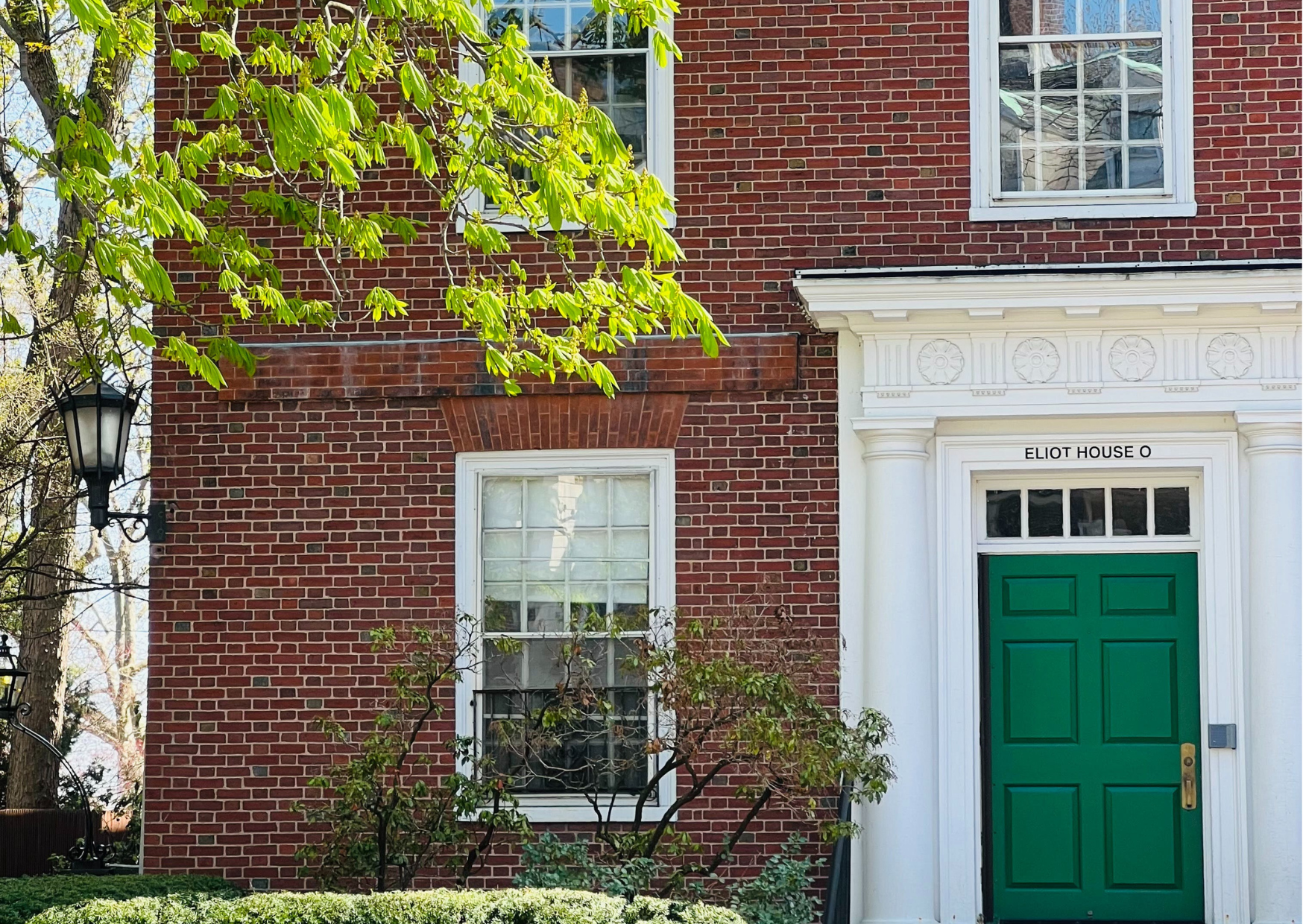A rooming house is a building or apartment with one or more rooms for rent, and the total number of people who can reside in the property is four or more. The residents usually share facilities like kitchens and bathrooms.
So why are rooming houses different from other share houses? In a rooming house, the house operator decides who can reside there and usually has individual agreements with each resident.
The legal requirements for rooming houses
There are over 1000 registered rooming houses in Victoria, many of which are in the inner urban areas of Melbourne. Rooming houses are legally required to be registered with the local council and meet official minimum standards.
Rooming houses are covered by the Residential Tenancies Act so many of the rules for owners and renters apply, however, there are some differences and it is important to understand all obligations if you are considering a rooming house investment scenario.
Understanding the obligations of a rooming house
- Duties of the rooming house operator and resident
- Licensing requirements for rooming house operators and managers
- Maintaining the property to minimum standards
- How many people are in a room
- Rent receipts
- House rules
- Eviction
HELPFUL GUIDES FOR RENTERS AND RENTAL PROVIDERS
Standard and prescribed forms also largely differ from those used for standard Residential investments. Different forms are to be used to comply with the Act.
The types of forms include:
- Fixed Term Rooming House Residency Agreement – a different form
- Information for Rooming House Occupants - a different form
- Rights and duties of a rooming house resident
- Rooming House Residents Guide
- Rooming House A Guide for Residents and Operators
- Disclosure Statement by a Rooming House Operator
- Condition Report - a different form
- Rent Increase Notice to Resident
- Notice to Vacate to Resident







